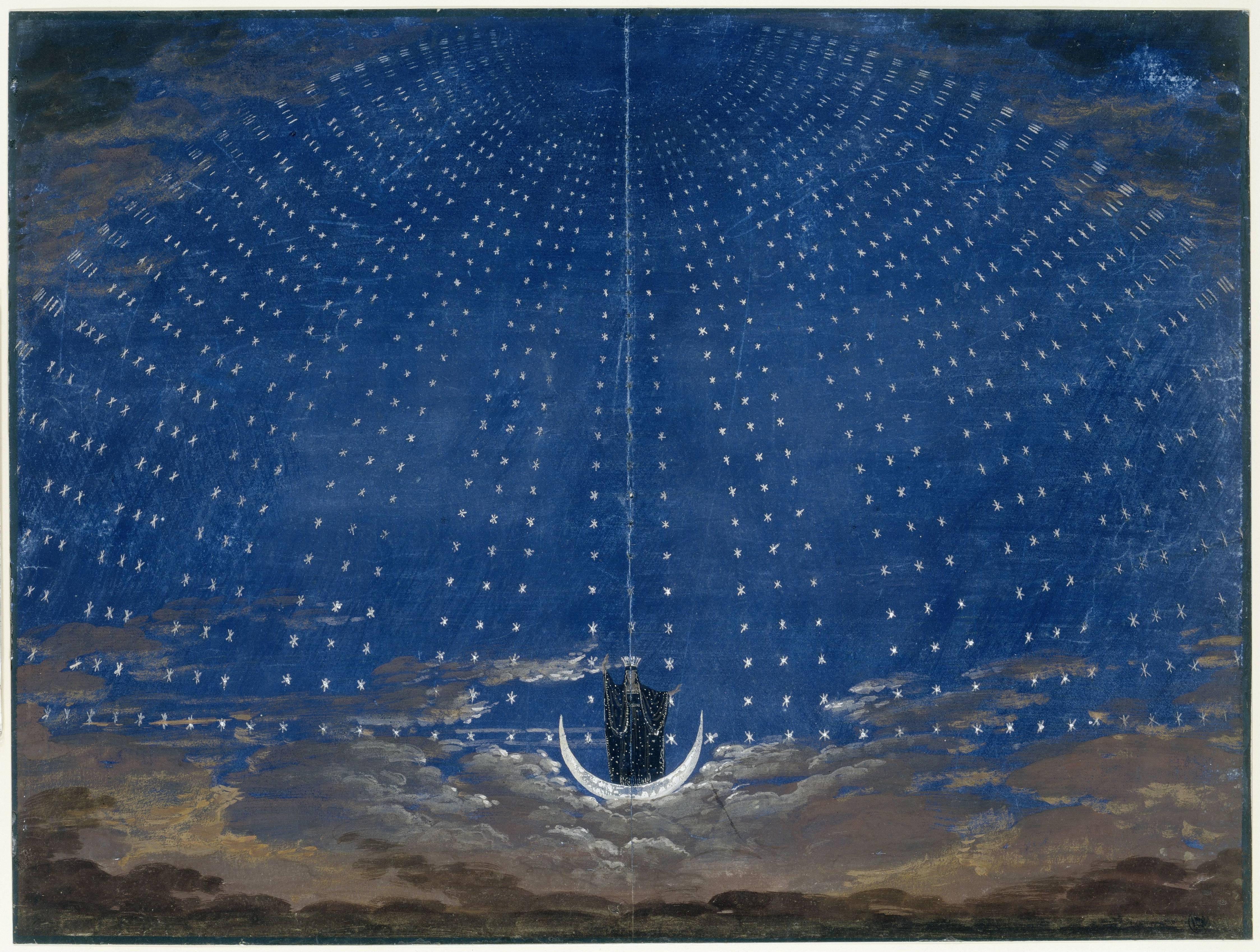
The Magic Flute
The Magic Flute (German: Die Zauberflöte, pronounced [diː ˈtsaʊbɐˌfløːtə] ), K. 620, is an opera in two acts by Wolfgang Amadeus Mozart to a German libretto by Emanuel Schikaneder. The work is in the form of a Singspiel, a popular form during the time it was written that included both singing and spoken dialogue.[a] The work premiered on 30 September 1791 at Schikaneder's theatre, the Freihaus-Theater auf der Wieden in Vienna, just two months before the composer's premature death. It was the last opera that Mozart composed. Still a staple of the opera repertory,[2] its popularity was reflected by two immediate sequels, Peter Winter's Das Labyrinth oder Der Kampf mit den Elementen. Der Zauberflöte zweyter Theil (1798) and a fragmentary libretto by Johann Wolfgang von Goethe titled The Magic Flute Part Two.
For other uses, see The Magic Flute (disambiguation).
Die Zauberflöte
The Magic Flute
The allegorical plot was influenced by Schikaneder and Mozart's interest in Freemasonry and concerns the initiation of Prince Tamino. Enlisted by the Queen of the Night to rescue her daughter Pamina from the high priest Sarastro, Tamino comes to admire the high ideals of Sarastro. He and Pamina both join Sarastro's community, while the Queen and her allies are vanquished.
First publication[edit]
On 28 December 1791, three and a half weeks after Mozart's death, his widow Constanze offered to send a manuscript score of The Magic Flute to the electoral court in Bonn. Nikolaus Simrock published this text in the first full-score edition (Bonn, 1814), claiming that it was "in accordance with Mozart's own wishes" (Allgemeine musikalische Zeitung, 13 September 1815).[17][18]
Synopsis[edit]
Overture[edit]
The overture, composed after the other parts of the opera were complete, begins with a solemn three-chord sequence from the brass, associated with the Priests of the Temple of Wisdom. (The number three is highly significant in Freemasonry and recurs as the number of ladies, boys and temples.)[36] It transitions in an adagio to a lively fugue[37] in E-flat major. Halfway through, there is a false ending. After another three-chord brass sequence, the fugue resumes in E-flat minor, returning to E-flat major.